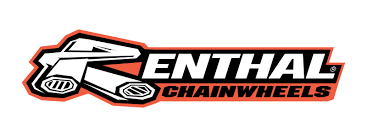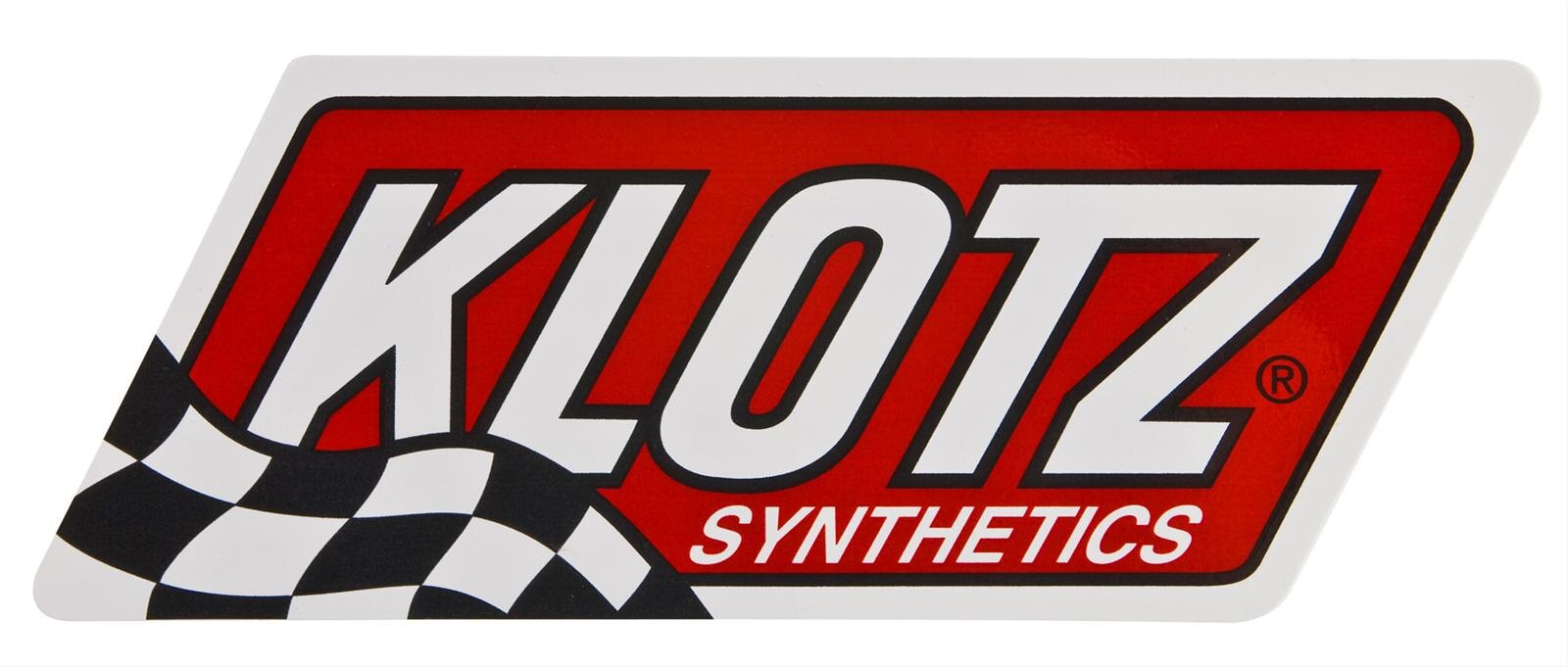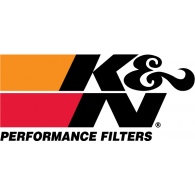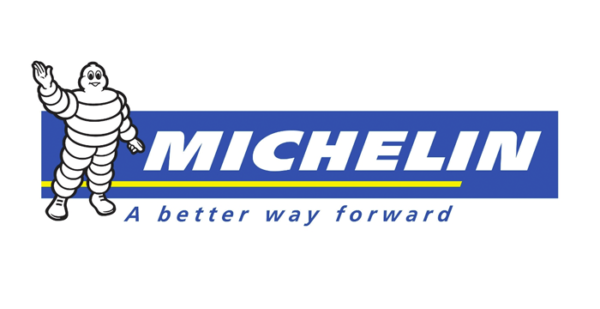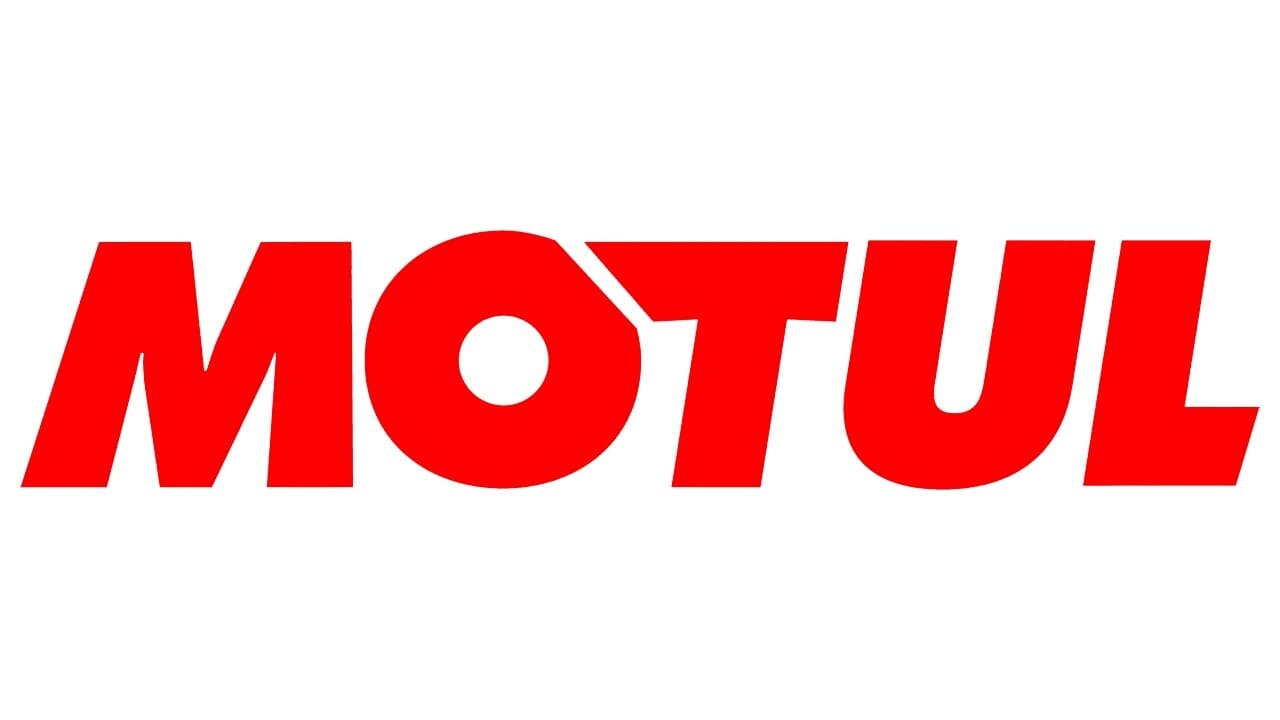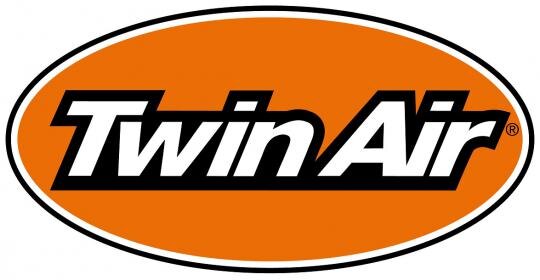A REVOLUTION IN INNOVATION
Whether you’re boating for leisure or to make a living, our big-block range delivers the power and performance you demand. Suzuki’s DF175 is based on an inline four-cylinder DOHC powerhead with a 2,867cm³ (174.9 cu.in.) displacement. While the large displacement contributes greatly to producing exceptional acceleration and torque, it doesn’t mean that they are comparatively larger and heavier in size. On the contrary, Suzuki’s engineers have targeted this big block motor to be one of the lightest four strokes in the 175 HP class. |
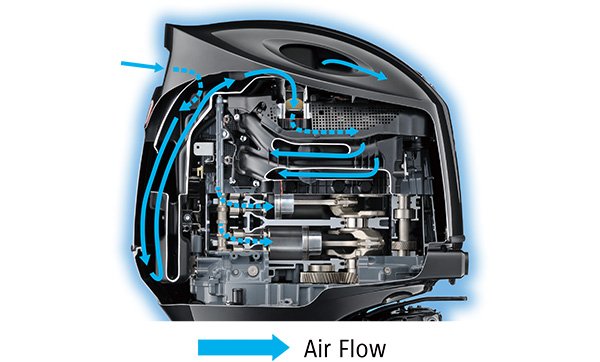 SEMI-DIRECT AIR INTAKE SYSTEM
SEMI-DIRECT AIR INTAKE SYSTEM
Underneath the modern upswept engine cover are a number of function-focused features that enhance engine performance. Both the DF175AP and DF150AP are equipped with a Semi-Direct Air Intake system that brings cooler air directly into the multi-stage induction module. Engines that breathe cooler air can operate more efficiently resulting in greater acceleration and top-end speed.Covers also have ports on the top that allow the rotating flywheel to push warm air inside of the cover to the outside helping to reduce temperature inside of the cover. |
BIG BLOCK HIGH PERFORMANCE ENGINE
The new DF175AP/150AP development team based both of these new Suzuki outboards on a big block inline four-cylinder four-stroke engine with a 2,867cm3 displacement. The block is topped with a DOHC powerhead that provides four-valves per cylinder for high performance. While the large displacement allows both to deliver exceptional acceleration and velocity, our engineers made sure that the outboard’s final dimensions are as compact and lightweight as possible. Both outboards feature some of the best of Suzuki’s advanced technologies that have been developed to extend engine performance. |
HIGH 10.2:1 COMPRESSION RATIO
Compression and displacement each play important roles in delivering performance and power output. Displacement has a direct effect on acceleration and torque so a bigger displacement is generally going to deliver more of both. Higher compression ratios allow the engine to get more output out of the combustion process resulting in noticeable improvements in performance and power. Drawing on our extensive motorsports experience and expertise in building race engines, Suzuki engineers have combined a 2,867cm3 displacement (the largest in each outboard’s class) with a high compression ratio of 10.2:1 to obtain great performance from these compact engines. |
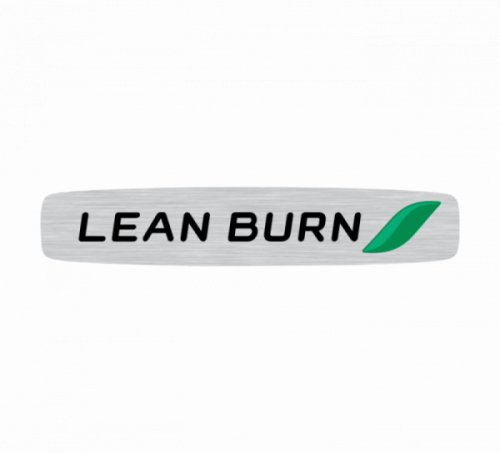 SUZUKI LEAN BURN CONTROL
SUZUKI LEAN BURN CONTROL
The Suzuki Lean Burn Control System is an intelligent fuel delivery system that achieves remarkable improvements in fuel consumption making fuel-efficient four-stroke outboards even more economical. Monitoring engine performance and operating conditions in real time, the system uses the 32-bit onboard ECM to predict fuel needs and deliver a leaner, more precise fuel mixture across the outboard’s operating range. The results show significant improvements in fuel economy across the entire powerband, including the cruising range where the engine is used a majority of the time. |
COUNTER BALANCER SYSTEM
ne of the inherent characteristics common to in-line four-cylinder engines when operating at high rpm is a secondary vibration that is directionally in line with the piston’s movements. To neutralize this vibration, Suzuki engineers utilize a secondary balancer system that counters the piston’s movement with a horizontal motion. To achieve this, the balancer is divided into left and right sections each rotating in an opposite direction at twice the speed of the crankshaft, effectively countering the secondary vibrations and producing smoother engine operation. |
O2 SENSOR FEEDBACK CONTROL SYSTEM
A key sensor in the electronic fuel injection system, the O2 Sensor Feedback Control system provides accurate, real-time information that the ECU uses to manage the fuel/air ratio as operating conditions change. Utilized on many of Suzuki’s high-end outboards, the O2 Sensor Feedback Control system helps maintain optimum engine operating efficiency across the engine’s full operating range. |
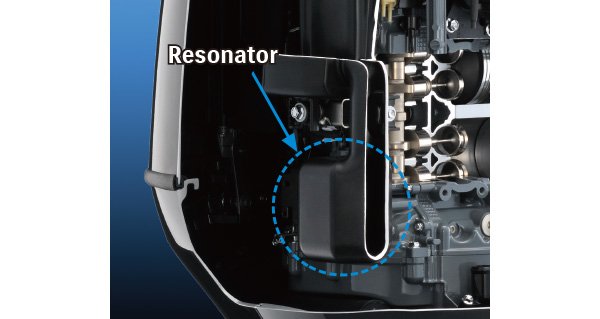 RESONATOR
RESONATOR
The engine’s exhaust system is a well-known source of engine noise, but another, often overlooked source is the intake manifold. Air being sucked into the intake manifold at high velocities can generate a harsh sound. The DF200A incorporates an air intake resonator that reduces such noise keeping operation exceptionally quiet. |
SUZUKI PRECISION CONTROL ( ELECTRONIC THROTTLE AND SHIFT SYSTEM)
Suzuki Precision Control is a technologically advanced computer-based control system that replaces the mechanical control cables found in conventional control systems with electronic wiring that eliminates the source of friction and resistance. While you enjoy smooth throttle and shift operation with minimal friction, the system’s computer is processing and transmitting commands in real-time to actuators at the engine that deliver precise throttle control with smoother, decisive shifting. This is most evident in the low rpm range where operation is noticeably smooth and accurate. When combined with Suzuki’s Lean Burn Control System it allows control of fuel and airflow to boost the limit of the controllable revolution range improving fuel economy over a wide operating range. Suzuki Precision Control also features built-in systems that help guard the engine and drive against damage due to mishandling, and its design and simple wiring make installation easy, reducing the time required for rigging and adjustment.
The system offers precision control for single, twin, triple or quad installations as well as dual station operation. |
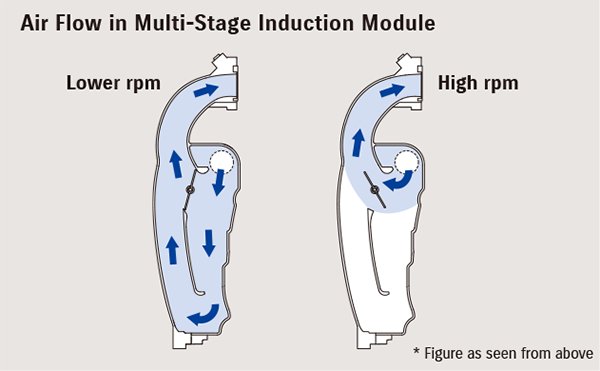 SUZUKI MULTI STAGE INDUCTION (MSI)
SUZUKI MULTI STAGE INDUCTION (MSI)
Getting the right amount of air into the cylinder has a great impact on performance. High-speed operation typically requires a greater volume of air, low-speed less. Suzuki’s Multi-Stage Induction system meets these needs by utilizing two intake manifold pipes per cylinder to ensure the engine gets the right amount of air. At low rpm, air enters the combustion chamber through a longer, curved manifold pipe designed to improve combustion and improve low-end torque. As rpm increases, the valves open on the direct intake pipes. Shorter and lacking resistance, these pipes allow a greater volume of air into the chamber, increasing the engine’s ability to breathe efficiently at high rpm resulting in higher power output during high-speed operation. |
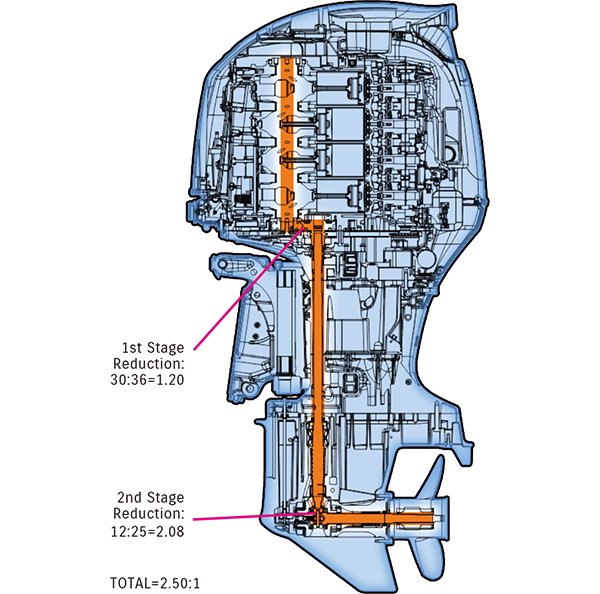
OFFSET DRIVE SHAFT
Pioneered by Suzuki, the use of the offset drive shaft on four-stroke outboards has long been utilized to reduce the size of the outboard. Found on all Suzuki four-strokes from the DF70A and up, this design positions the crankshaft in front of the drive shaft simultaneously moving the outboard’s center of gravity forward. While the design contributes greatly to the outboard’s overall compactness and increased power performance, it also moves the engine’s axis of inertia, the point where engine vibrations are at a minimum, up over the upper engine mount, thus greatly reducing vibration. These outboards also incorporate two-stage gear reduction designed to take maximum advantage of the power produced by these high performance engines. Providing a final drive ratio of 2.50:1 — the largest you can find in either of these outboard classes — it delivers powerful torque for quick acceleration and great top-end speed. |
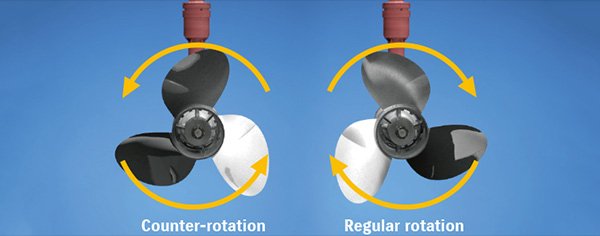 SUZUKI SELECTIVE ROTATION
SUZUKI SELECTIVE ROTATION
Large boats equipped with multi-outboard installations generally pair a standard rotation outboard with a counter-rotation model to keep the boat traveling in a straight line and on an even keel. Once requiring the purchase of a dedicated counter-rotation model, Suzuki’s innovative Suzuki Selective Rotation eliminates that need by incorporating a special, unified design of gears, shaft, and bearings in the lower unit that allow the outboard to operate reliably and efficiently in either direction. Available on both the DF175AP and DF150AP, counter-rotation operation requires an optional activation switch that connects to a circuit inside of the engine compartment plus the installation of a counter-rotation propeller. |
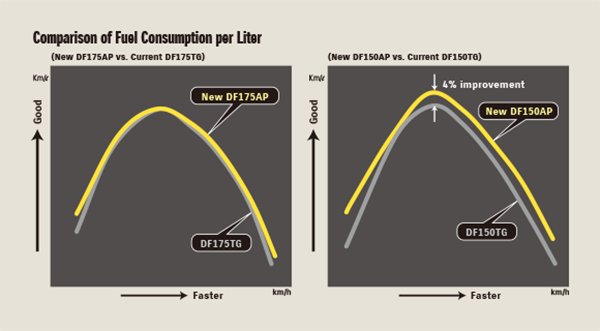
FUEL CONSUMPTION COMPARISON |
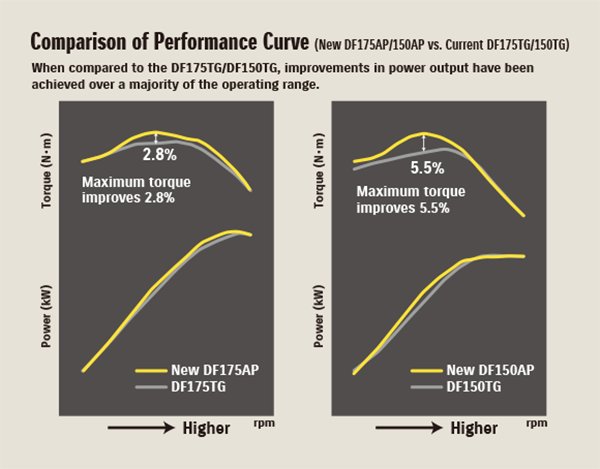 PERFORMANCE CURVE COMPARISOM
PERFORMANCE CURVE COMPARISOM |
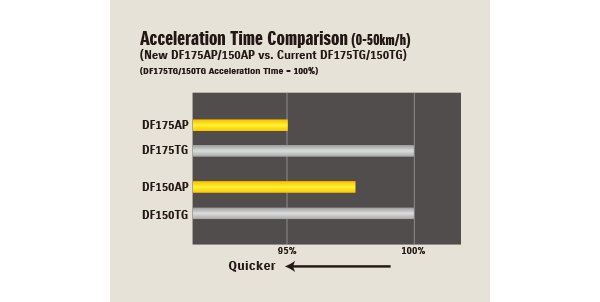 ACCELLERATION TIME COMPARISON
ACCELLERATION TIME COMPARISON |
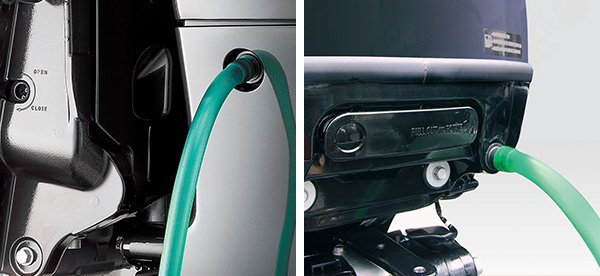 DUAL ENGINE FLUSH PORTS
DUAL ENGINE FLUSH PORTS
Over time, salt, sand, and dirt buildup can restrict flow in the cooling system causing damage. To help prevent such buildup, both outboards are equipped with two freshwater flush ports that make flushing the cooling system as easy as possible. With one port located on the port side of the down housing and a second on the front panel, you’ll always have easy access to the flushing system whether the boat is in or out of the water. |



























